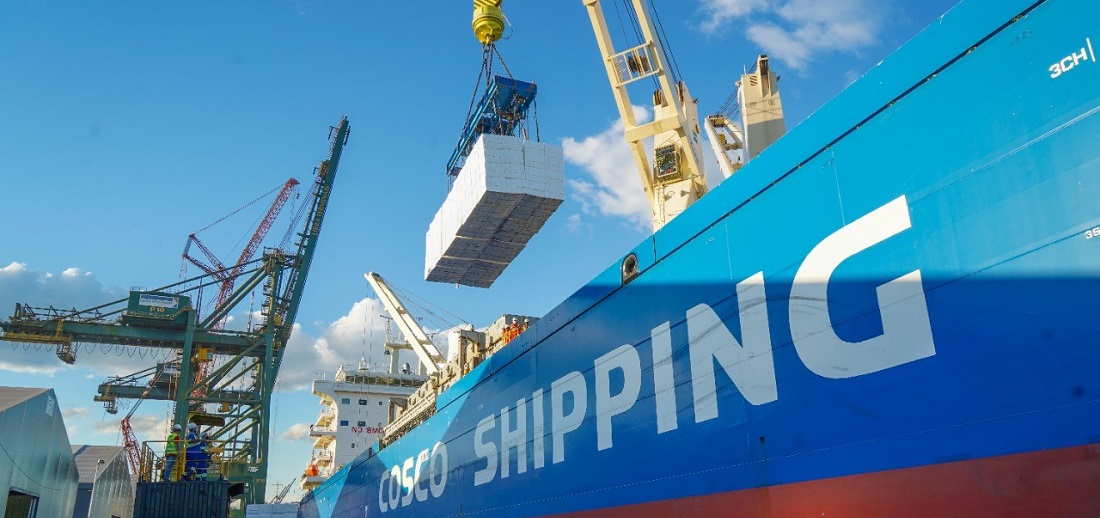
Reduced supplies bring pulp prices to 40% hike
Jun, 09, 2022 Posted by Gabriel MalheirosWeek 202223
Nominal pulp prices are expected to reach record highs in 2022, with no evidence of a significant drop in the near future. Global supply, limited by logistical bottlenecks, the war in Ukraine, problems in factories, and delays in the start-up of new production lines, continues to support the rally, with monthly readjustment announcements by producers.
The net price of hardwood has risen by more than 40% in six months in China, the world’s largest consumer of the product. In fact, it is expected to grow further with the implementation of the US$ 30 per tonne hike announced for June, nearing US$ 840 per tonne. As a result, analysts anticipate an average price of more than $700 per tonne this year.
For analysts and industry sources, there is enough room for this readjustment’s implementation, as well as for the increases of US$ 50 and US$ 60 per tonne predicted for Europe and North America this month. Suzano, the world’s largest pulp producer, will set reference prices in these markets of US$ 1,350 and US$ 1,580 per tonne, respectively.
“Logistics is the origin of everything, and we expect no improvement in the second half of the year,” says Leonardo Grimaldi, commercial director of pulp and people and management at Suzano. Concerns about third-quarter demand have been alleviated, but there are still concerns about the fourth quarter, given the potential recession aggravated by the Ukraine conflict.
When asked about the implementation of the June readjustments, Grimaldi stated that negotiations are still ongoing, but he is optimistic. He noted that International Pulp Week (IPW), which begins on Sunday in Vancouver, Canada, will be an excellent thermometer for the market.
In addition to port congestion and increased sea freight, particularly of containers in the case of pulp, unexpected factory shutdowns lowered the availability of raw materials and the level of inventories throughout the value chain, which is still critical today.
These occurrences have already cut global supply by 1.65 million tonnes between January and April, nearly the same as global consumption grows in a year. Moreover, the figures do not include the recent shutdown of the Arauco plant in Valdivia, Chile, due to a fire in late May. The unit has a capacity of 550 thousand tonnes annually and has been producing soluble pulp since 2020.
The Russian invasion of Ukraine, in turn, had a significant impact on the availability of wood for pulp manufacture in Europe. “Finland relies on 15% of the wood coming from Russia to feed its pulp industry,” says Marcelo Schmid, managing partner of the Index company and a master’s degree in Forestry Economics and Policy. Because of the war, important certifiers, such as the FSC (Forest Stewardship Council), have removed their stamp from Russian forest goods, making commerce with Europeans nearly impossible.
For analyst Daniel Sasson, from Itaú BBA, the market can accommodate the increases in pulp prices announced for this month, even though they will undoubtedly put more pressure on paper companies, especially in China. Even so, he notes that the tight relationship between supply and demand favors the new adjustment. “Prices may be adjusted and normalized as of the fourth quarter, with the entry into operation of new capacities, if there is no delay in the Mapa project,” he says.
While the start-up of the new UPM pulp mill in Uruguay was postponed to the first quarter of 2023, the start-up of Arauco’s Mapa project was delayed to the third quarter.
Bradesco BBI raised its projections for hardwood pricing to US$ 775 per ton in 2022 and US$ 730 per ton the following year in a report released this week. According to experts Thiago Lofiego, Isabella Vasconcelos, and Camilla Barder, logistical constraints will be overcome, resulting in gradual price modifications. Nonetheless, 2023 should be another year with a restricted supply.
“We believe that UPM’s Paso de Los Toros unit [in Uruguay] will be postponed again due to logistical and supplier constraints,” they wrote. In addition, Bracell continues to produce increasing volumes of dissolving pulp – and not eucalyptus -among other factors that reduce the projection of additional supply in 2023 from 2.5 million tons to 1.6 million tons, they indicated.
At the same time, pulp demand in the coming year should be driven by the replenishment of inventories. Citing data from Hawkins Wright, Bradesco BBI points out that consumer inventories have dropped by about 1.8 million tons since the fourth quarter of 2020.
According to Morgan Stanley, the strengthening of the real over the dollar will wipe out some of the profits made with higher quotations in the second quarter. Analyst Carlos De Alba stated that the highest price of eucalyptus pulp in China was US$ 830 per tonne in June 2010, according to the bank’s historical data.
Source: Valor Econômico
To read the full original article, please go to:
-
Ports and Terminals
Aug, 30, 2021
0
Rock removal advances in the Itaguaí channel
-
Grains
Feb, 05, 2025
0
‘It won’t come back’: Argentina farmers battle drought and a shrinking harvest
-
Ports and Terminals
Dec, 02, 2024
0
Port of Imbituba Resumes Direct Connection with Asia
-
Ports and Terminals
Sep, 27, 2024
0
UN Global Compact Brazil Launches Guide to Accelerate Maritime Decarbonization

